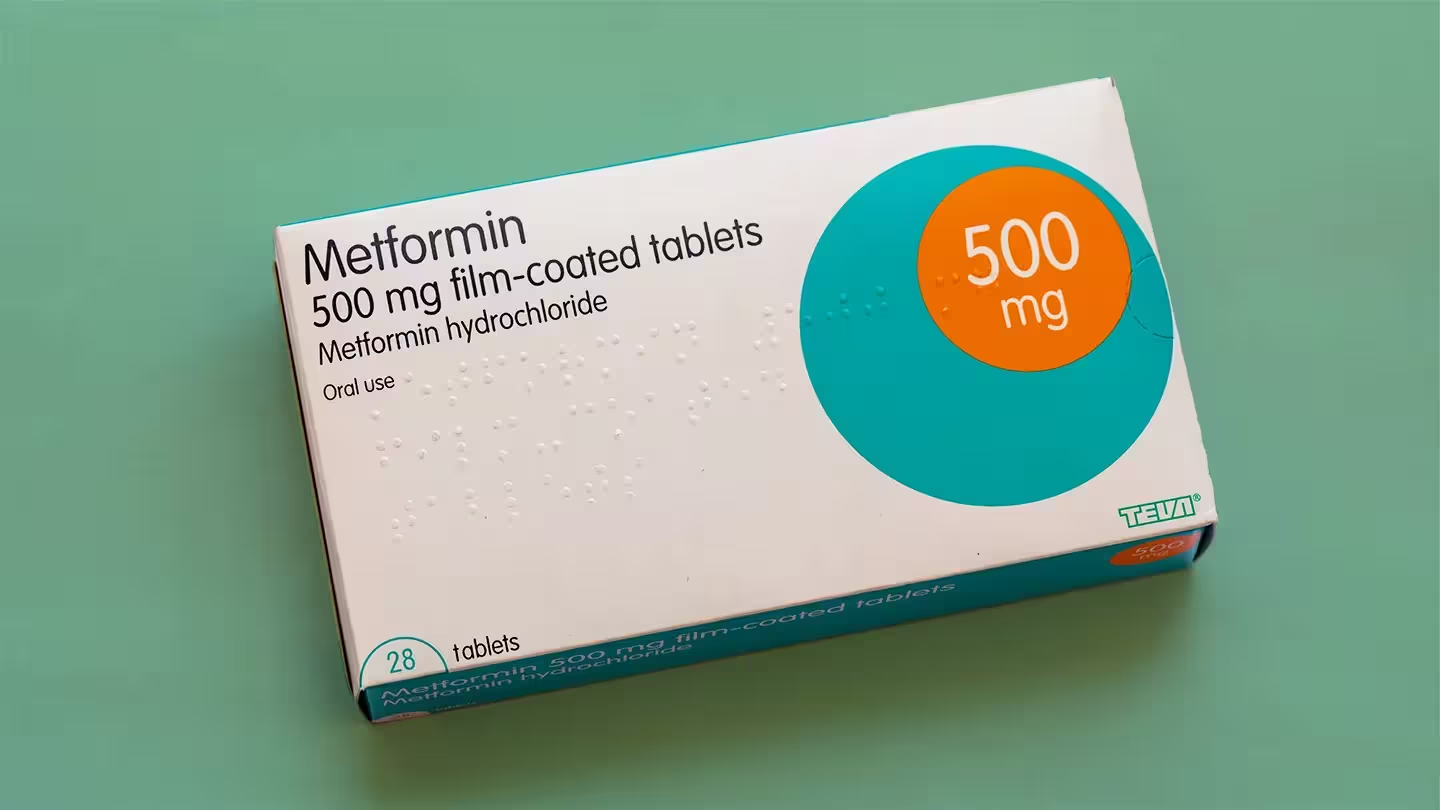5 Minutes
New research links metformin’s glucose-lowering action to a brain pathway
Metformin has been the frontline medication for type 2 diabetes for more than 60 years, but its full mechanism of action remains incompletely understood. A multidisciplinary team led by Baylor College of Medicine and published in Science Advances has uncovered a previously unrecognized site of metformin activity: the brain. The study identifies the small GTPase Rap1 in the ventromedial hypothalamus (VMH) as a key mediator of metformin's blood-glucose–reducing effects, opening the door to more targeted therapies for diabetes and metabolic disorders.
Scientific background and experimental approach
The long-standing model has been that metformin reduces hepatic glucose production and, to some extent, affects intestinal glucose handling. However, the brain is a central regulator of whole-body glucose homeostasis, integrating hormonal and nutrient signals to control glucose production and uptake. Investigators therefore tested whether brain circuits contribute directly to metformin’s action.
Researchers focused on Rap1, a regulatory protein involved in intracellular signaling, and on the VMH, a hypothalamic nucleus implicated in energy balance and glucose control. Using genetically engineered mice with Rap1 deleted specifically in VMH neurons, the team simulated type 2 diabetes by feeding animals a high-fat diet. They then compared responses to clinically relevant, low-dose metformin with other diabetes treatments such as insulin and GLP-1 receptor agonists.

Key experimental findings
When Rap1 was absent in the VMH, low-dose metformin failed to lower blood glucose, while insulin and GLP-1 agonists retained their effectiveness. To eliminate confounding peripheral effects, researchers administered minute quantities of metformin directly into the brain (intracerebral delivery). Even doses thousands of times lower than standard oral administration produced significant reductions in blood glucose, supporting a potent central mechanism.
Cellular mechanism: SF1 neurons and neuronal activation
The team identified steroidogenic factor 1 (SF1) neurons within the VMH as the cell population engaged by metformin. Electrophysiological recordings in hypothalamic slices showed that metformin increased the firing rate of most SF1 neurons — but only when Rap1 was present. In Rap1-deficient neurons, metformin produced no change in activity, demonstrating that Rap1 is necessary for metformin to activate VMH neurons and thereby influence systemic glucose levels.
These data suggest that metformin’s central action requires Rap1-dependent neuronal activation. Importantly, the brain responded to much lower drug concentrations than those needed in liver or gut, indicating a high central sensitivity to metformin and a potential route to lower-dose, high-precision interventions.
Implications for diabetes treatment and future research
Finding that metformin acts via Rap1 in the VMH reframes our understanding of a drug that has been used for decades. Clinically, this discovery may enable development of therapies that selectively target brain Rap1 signaling or SF1 neurons to control hyperglycemia with fewer systemic side effects. It also invites examination of whether other benefits attributed to metformin — such as potential neuroprotective effects and slowed brain aging — share the same Rap1-dependent mechanism.
The study suggests several translational directions: pharmacological agents that access central Rap1 signaling, formulations that preferentially reach hypothalamic targets, and biomarkers to identify patients who would benefit from brain-targeted therapies.
Expert Insight
Dr. Elena Morales, an endocrinologist and translational neuroscientist, commented: 'This work is notable because it links a venerable anti-diabetic drug to a precise neural circuit. Targeting the Rap1–SF1 axis could change how we think about dose, delivery and side-effect profiles for metabolic drugs. The next challenge will be safely translating central targeting into human therapies — including determining whether peripheral formulations can be adjusted to engage hypothalamic pathways without off-target effects.'
Conclusion
This study reveals that metformin’s ability to lower blood glucose extends beyond liver and gut actions to include a Rap1-dependent pathway in the VMH of the brain. Activation of SF1 neurons appears central to this mechanism. By highlighting the brain as an effective and sensitive site of metformin action, the work opens new avenues for precision diabetes treatments and prompts further investigation into the drug’s broader neurological benefits.
Source: scitechdaily


Leave a Comment